
Roots
The quiet rustle of fabric, the gentle fall of a veil, or the purposeful wrapping of a scarf around one’s head carries whispers from countless eras. These are not merely adornments; they are profound expressions, silent chronicles of human experience etched onto the canvas of daily life. To truly comprehend the contemporary practice of covering hair, one must journey backward, allowing history to unfold its rich layers. We find ourselves at the very genesis of human societies, where the practical necessities of existence often converged with burgeoning spiritual beliefs and social structures, giving rise to practices that would persist, morph, and reappear across millennia.
Consider the earliest forms of human ingenuity. Before fashion statements, before grand religious edicts, there was the simple, undeniable need for protection. The sun’s relentless glare, the biting winds, the harsh dust of arid lands, or the cold bite of winter demanded solutions. Early coverings, crafted from animal hides, woven grasses, or later, simple spun fibers, served as primary shields for the scalp and hair.
In environments where cleanliness was a constant struggle, a head covering offered a barrier against dirt, insects, and the elements, contributing to basic hygiene. This foundational role, though often overshadowed by later symbolic meanings, remains a constant undercurrent in the history of headwear.
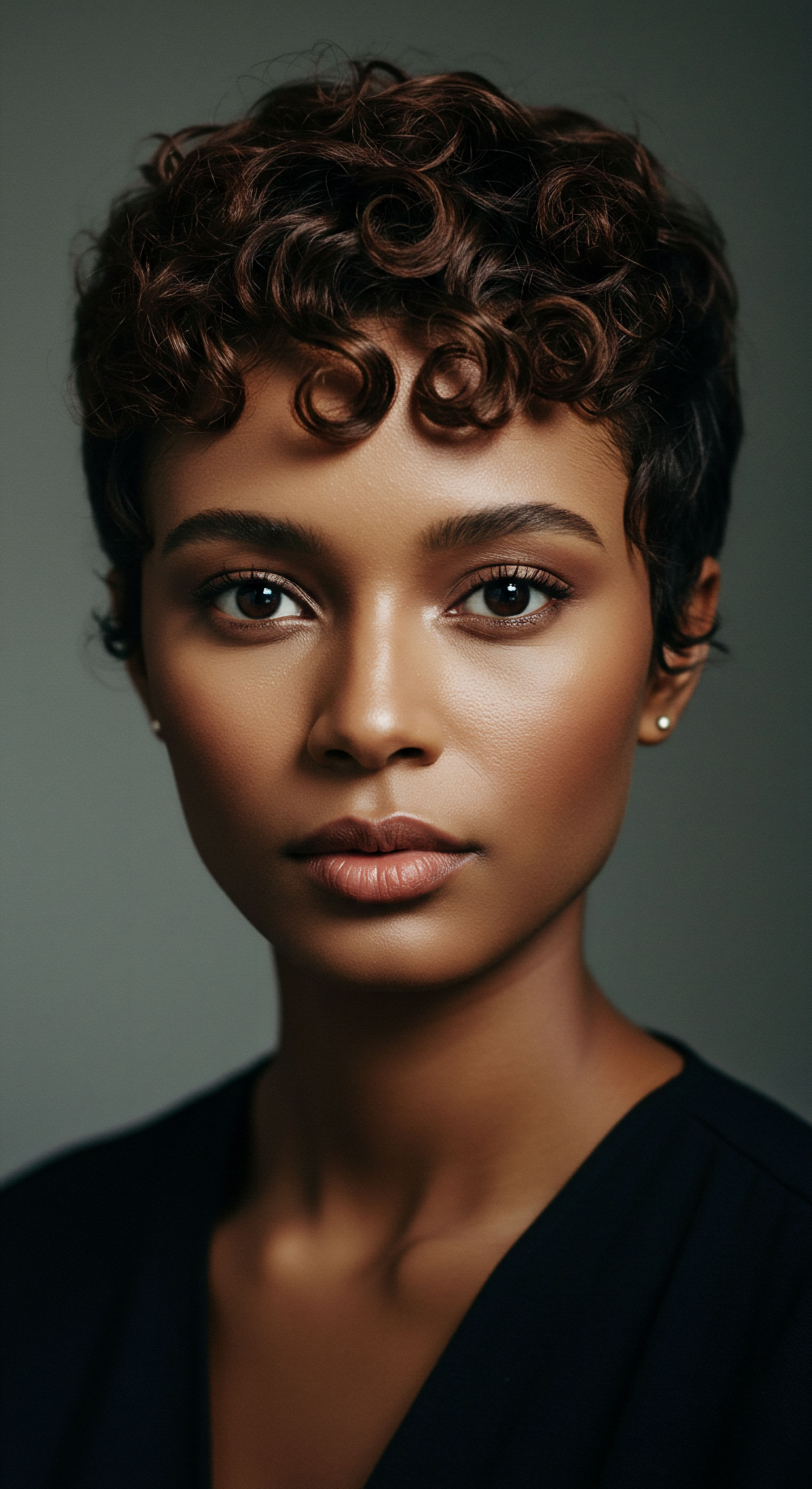
Ancient Civilizations and Early Expressions
From the fertile crescent to the Nile’s banks, ancient civilizations began to codify societal roles and spiritual convictions through dress. In ancient Mesopotamia, for instance, specific head coverings distinguished social standing. Priestesses and elite women might have worn elaborate veils or turbans, signifying their sacred duties or elevated status. The choice of material, the height of the headpiece, and the method of arrangement could all communicate a person’s identity within a complex social order.
Across the sands, in ancient Egypt, hair and head coverings held deep significance. Wigs, often made from human hair or plant fibers, served as both a practical measure against lice and a powerful symbol of status, wealth, and hygiene. Pharaohs and nobility wore intricate headpieces, such as the nemes headdress, not only for ceremonial purposes but also to protect their natural hair from the harsh desert climate.
Women of all classes might wear simple scarves or more elaborate coiffures, often adorned with jewelry, reflecting their place in society and their devotion to deities. The very act of concealing or displaying hair became a nuanced language of power and belonging.
Early head coverings offered practical protection from the elements and contributed to fundamental hygiene, establishing a foundational role in human history.
The classical worlds of Greece and Rome, too, had their customs. While Greek women often wore their hair styled and sometimes adorned with fillets or scarves, Roman society, particularly for women, saw modesty play a more prominent role. The palla, a large shawl, could be drawn over the head, particularly by married women, signaling their marital status and adherence to societal norms of decorum. The shift from purely practical uses to those imbued with social and moral connotations becomes evident here, marking a deepening of the relationship between hair, covering, and identity.

Pre-Colonial African Traditions
Across the diverse continent of Africa, head coverings were (and remain) far more than mere accessories; they were integral to cultural identity, communication, and spiritual life. Before the advent of colonial influences, countless indigenous communities utilized head coverings as vibrant statements of status, age, marital standing, and even personal mood. The materials varied widely—from intricately dyed cloths to shells, beads, and even sculpted clay.
- Duku ❉ In many West African cultures, the duku or head tie is a widespread form of head covering. Its style, color, and how it is tied can communicate a woman’s marital status, her wealth, or even the region she originates from. These wraps often serve as a protective style for textured hair, shielding it from dust and sun while allowing for breathability.
- Gele ❉ A prominent example from Nigeria, the gele is an elaborate head tie, often voluminous and sculpted, worn by women for special occasions, celebrations, and religious ceremonies. The art of tying a gele is passed down through generations, each fold and peak a testament to skill and cultural pride.
- Turbans ❉ While often associated with Middle Eastern cultures, turbans have a long history in parts of North and East Africa, adopted for both practical reasons (protection from sun and sand) and symbolic ones, signifying spiritual devotion or tribal affiliation.
These traditions underscore a deeply communal understanding of hair and its covering. Hair, in many African societies, was considered a spiritual antenna, a conduit to the divine, and a repository of personal power. Covering it, therefore, could be an act of reverence, a means of channeling energy, or a way to protect one’s spiritual essence. The historical context here is one of self-determination and cultural richness, where practices were developed internally, reflecting local values and cosmological beliefs, rather than external impositions.
| Purpose Protection |
| Historical Context Early human societies, harsh climates |
| Examples Animal hides, simple woven cloths, nemes headdress |
| Purpose Status Symbol |
| Historical Context Mesopotamian, Egyptian, Roman societies |
| Examples Elaborate veils, wigs, nemes headdress, specific fabric types |
| Purpose Modesty/Decorum |
| Historical Context Roman Republic, early Abrahamic traditions |
| Examples Palla, simple scarves |
| Purpose Spiritual Connection |
| Historical Context Pre-colonial African cultures |
| Examples Dukus, specific ceremonial wraps |
| Purpose Head coverings served diverse functions, from practical necessity to complex social and spiritual expressions across ancient civilizations. |

Ritual
Stepping beyond the elemental functions of protection and early social signals, head coverings began to solidify their presence within the sacred and the ceremonial. This transition from mere utility to profound symbolism marks a significant chapter in their story. For many, the act of covering hair became a deliberate, often daily, ritual—a tangible connection to faith, community, or a deeper sense of self. This is where the quiet wisdom of centuries truly speaks, inviting us to witness the careful dance between personal conviction and collective observance.
The history of head coverings is deeply intertwined with the narratives of major world religions. In many spiritual traditions, hair is considered a potent aspect of one’s being, often associated with vitality, strength, or even spiritual energy. Consequently, covering it can signify a range of profound meanings ❉ humility before a divine presence, a commitment to modesty, a declaration of faith, or a demarcation of sacred space. The ritualistic use of head coverings transforms a simple piece of fabric into a powerful emblem of devotion and identity.
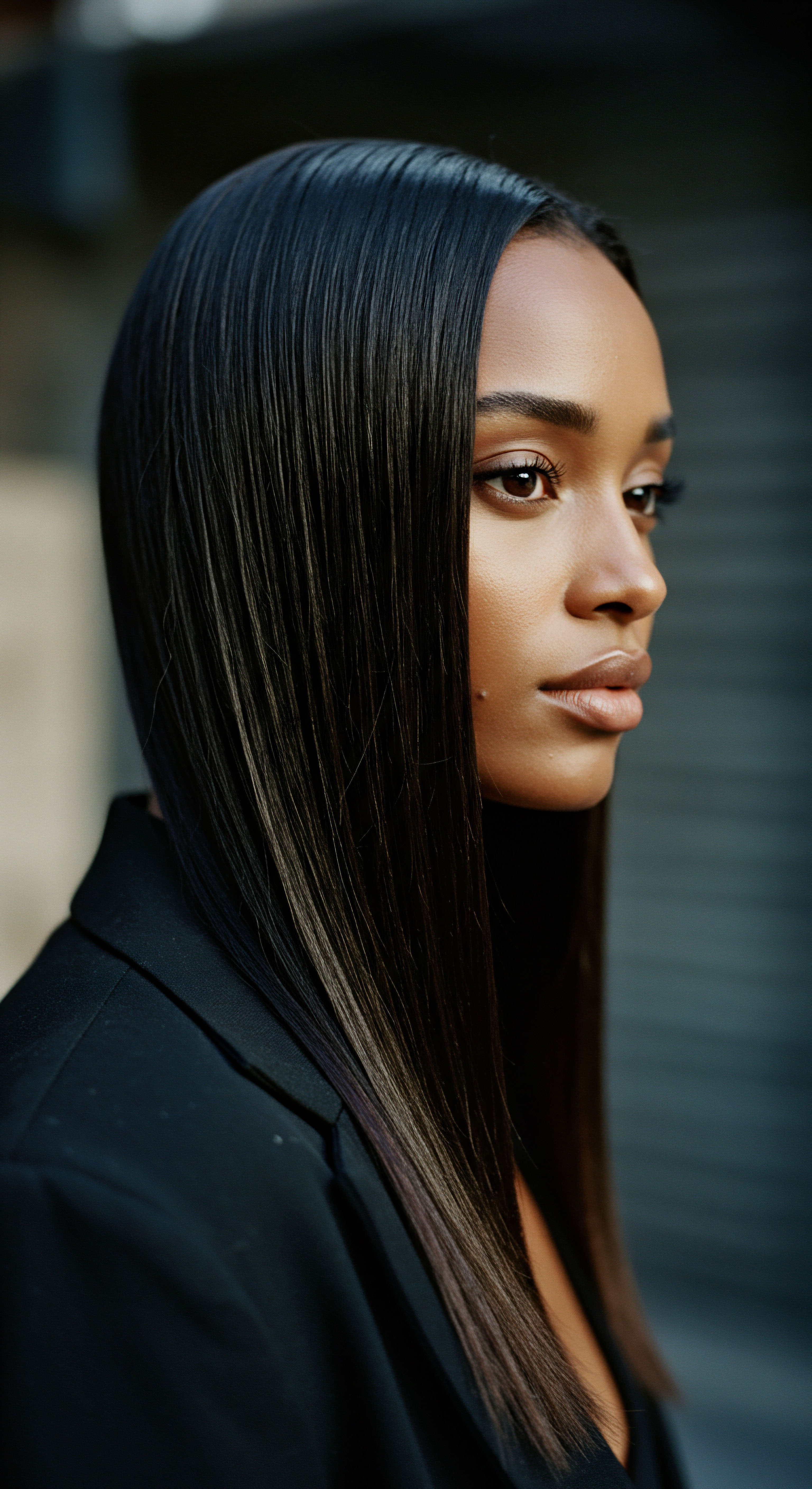
Faith and Fabric
The Abrahamic faiths offer some of the most prominent examples of head covering as a ritualistic practice. In Judaism, married women often cover their hair, particularly in Orthodox communities, through the use of wigs (sheitels), scarves (tichels), or snoods. This practice stems from interpretations of modesty laws, viewing a woman’s hair as an intimate part of her allure, meant primarily for her husband.
The covering becomes an outward expression of an inner commitment to sanctity and the sacred bond of marriage. For men, the kippah or yarmulke serves as a constant reminder of God’s presence above them, a sign of reverence and humility.
Christianity, in its diverse forms, has also historically seen the practice of head covering, particularly for women during worship. Biblical passages, such as those found in Corinthians, encouraged women to cover their heads as a sign of authority and modesty within the assembly. While less universally observed in contemporary Western Christianity, some denominations and communities, like certain Anabaptist groups, continue this tradition as a visible sign of their faith and adherence to scriptural teachings. The practice reflects a belief in the sanctity of worship spaces and a humble approach to spiritual engagement.
The ritualistic application of head coverings transforms a simple piece of fabric into a powerful emblem of devotion and identity within various faiths.
Islam, perhaps most visibly in the modern world, incorporates head coverings as a central aspect of religious observance for women. The hijab, a veil that covers the head and chest, is worn by Muslim women as an expression of modesty, piety, and identity. The Quranic verses and Hadith (sayings and actions of the Prophet Muhammad) guide this practice, though interpretations regarding its scope and application vary across different Islamic schools of thought and regions.
The hijab is not merely a piece of cloth; it is a declaration of one’s faith, a rejection of superficial beauty standards, and a connection to a global community of believers. It represents a conscious choice to prioritize inner spiritual worth over outward display, shaping how individuals navigate public spaces and interact with the world.
Beyond these, Sikhism mandates head coverings for both men and women, known as the dastar (turban) for men and often a chunni or turban for women. The turban in Sikhism is a symbol of equality, sovereignty, self-respect, and spiritual commitment. It protects the uncut hair (kesh), one of the five articles of faith, and signifies a dedication to the principles of the Sikh faith. The careful wrapping of the dastar each day is a deeply personal ritual, a physical manifestation of one’s spiritual discipline and adherence to the Khalsa.

How Do Head Coverings Transform Personal Presentation?
The deliberate act of covering hair alters not only an individual’s physical presentation but also their perceived identity within society. It can shift focus from individual features to a broader sense of community, faith, or tradition. For some, it offers a sense of liberation from conventional beauty standards, allowing them to define their presence on their own terms.
For others, it is a daily affirmation of belonging, a visible sign that connects them to generations of shared practice and belief. The transformation is thus multifaceted, touching upon both personal experience and public perception.
- A Mark of Identity ❉ Head coverings often serve as immediate visual cues, identifying an individual’s religious affiliation, cultural heritage, or marital status. This allows for instant recognition within certain communities and can foster a sense of solidarity.
- A Statement of Modesty ❉ For many, the practice aligns with a desire for modesty, redirecting attention away from physical appearance and toward inner qualities or spiritual devotion. This can be a powerful act of self-definition in a world often driven by external validation.
- A Symbol of Resilience ❉ In contexts where head coverings have been historically oppressed or misunderstood, their continued use can become an act of defiance, a quiet yet powerful assertion of cultural and religious freedom.

Societal Conventions and Changing Fashions
Beyond strictly religious contexts, head coverings have also played significant roles in secular societal conventions and fashion throughout history. The Victorian era, for instance, saw women widely adopting bonnets, elaborate hats, and veils. These were not primarily religious items but rather markers of social status, propriety, and the prevailing standards of feminine decorum.
A woman would rarely leave her home without a hat, signifying her respectability and adherence to social etiquette. The styles and materials of these coverings often dictated social standing, with wealthier women sporting more elaborate and expensive headwear.
Even into the 20th century, hats remained an indispensable part of women’s wardrobes in many Western societies, evolving with fashion trends from cloches in the 1920s to pillbox hats in the 1960s. These were statements of style, often chosen to complement an outfit and reflect contemporary aesthetics. While the deep ritualistic meaning of religious coverings was absent, these secular head coverings still conveyed messages about social standing, adherence to norms, and personal taste. The decline of the hat as a daily accessory in many Western cultures in the latter half of the 20th century marks a broader shift in social norms and perceptions of formality and personal expression.
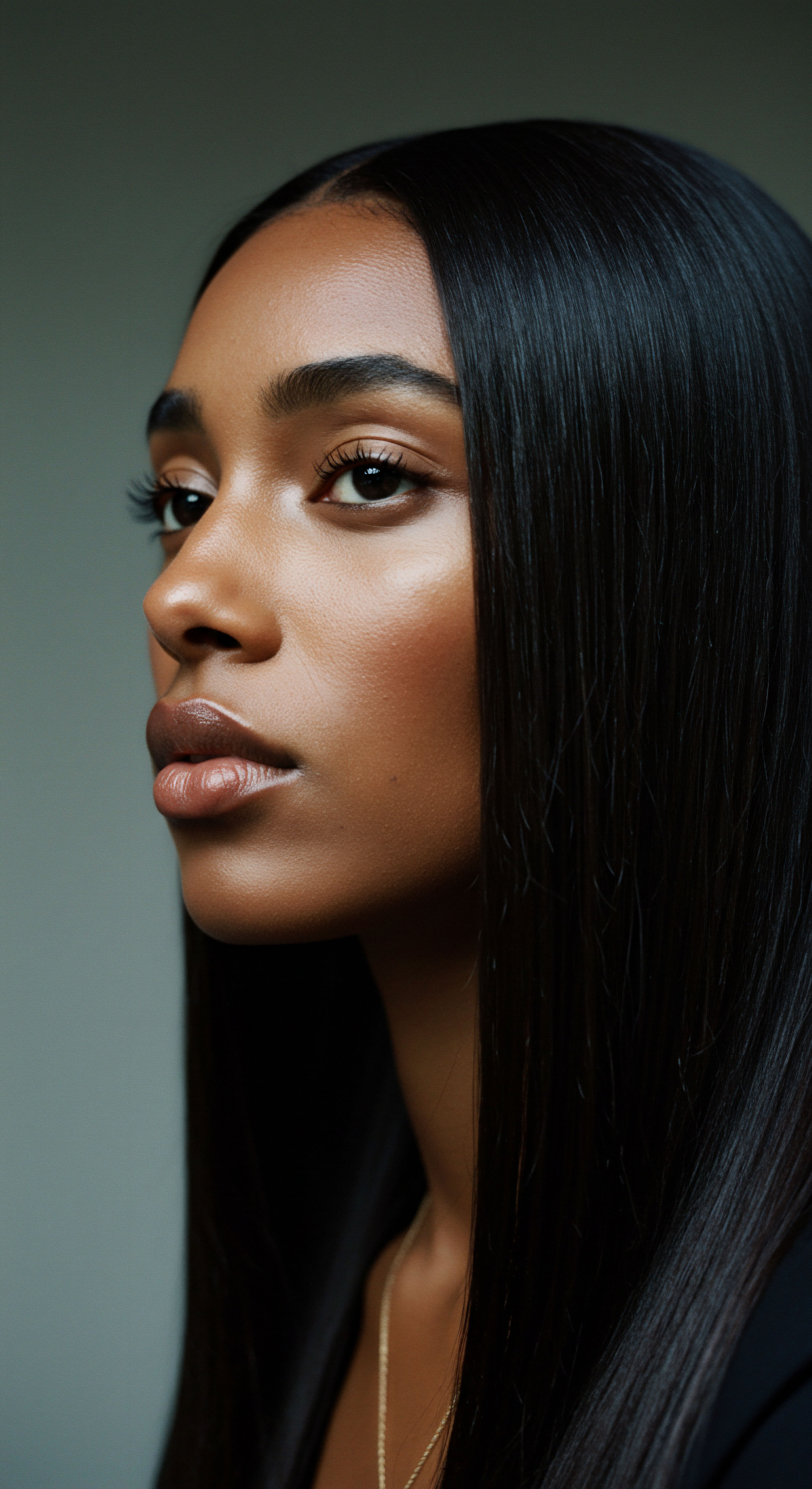
Relay
As we move from the foundational and ritualistic applications of head coverings, a more complex terrain emerges, one where historical practices collide with modern sensibilities, where personal choice intersects with societal pressure, and where the silent language of fabric can spark vibrant discourse. This section delves into the intricate interplay of historical context, contemporary issues, and the often-unseen impacts on individuals, particularly those with textured hair. It invites a deeper consideration of how legacies persist, how meanings shift, and how the act of covering can become a site of both personal agency and external scrutiny.
The historical trajectory of head coverings is not a smooth, linear progression; rather, it is a dynamic process shaped by power dynamics, cultural exchange, and moments of profound societal change. Colonialism, for example, often imposed Western dress codes on indigenous populations, undermining or outright suppressing traditional head covering practices. This suppression was not merely about clothing; it was a deliberate attempt to dismantle cultural identity and spiritual connection, forcing assimilation.
Conversely, in some instances, head coverings became powerful symbols of resistance and cultural preservation against colonial impositions. The very act of maintaining traditional dress, including headwear, became a defiant affirmation of identity in the face of erasure.
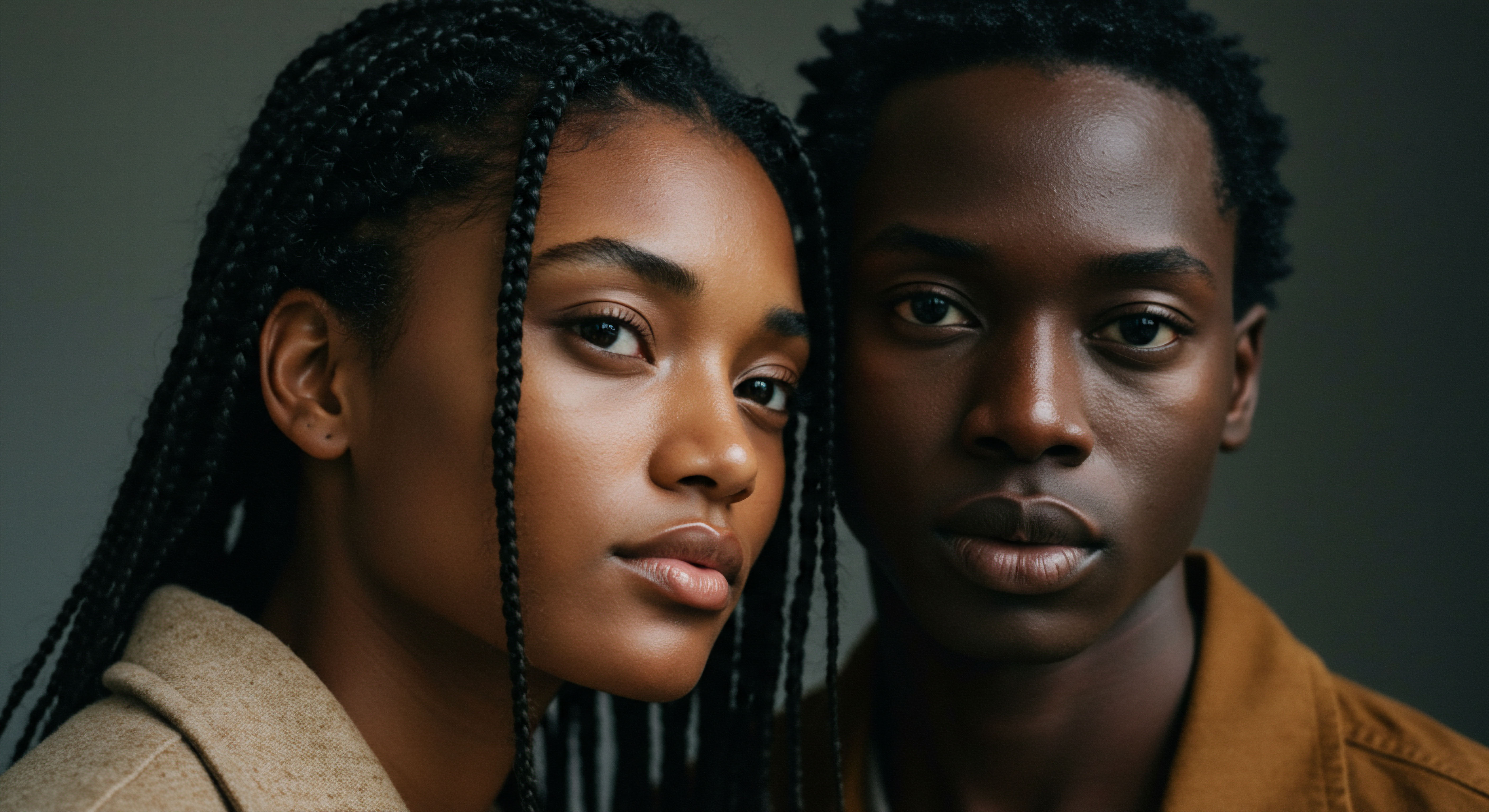
Head Coverings and Textured Hair Health
For individuals with textured hair, the choice and method of head covering carry additional considerations, often rooted in both historical practice and practical hair care. Many traditional head coverings, particularly in African and diasporic cultures, served a dual purpose ❉ cultural expression and hair protection. These coverings shielded delicate strands from environmental aggressors like sun, wind, and dust, helping to retain moisture and prevent breakage. However, modern practices, or certain methods of wearing, can introduce challenges.
A significant concern for individuals with textured hair who regularly wear head coverings, especially if they are tight or made of abrasive materials, is the potential for hair loss. This condition, known as Traction Alopecia, results from prolonged tension on the hair follicles. Research has consistently highlighted its prevalence within populations that frequently adopt tight hairstyles. A study involving 5,594 African American women revealed that 47.6 percent reported experiencing hair loss on the crown or top of the scalp, a common manifestation of traction alopecia.
While this statistic points to broader styling practices, it underscores the need for mindful approaches to any form of hair restraint, including head coverings. The continuous pulling, particularly on the delicate edges of the hairline, can inflame and ultimately damage follicles, leading to permanent hair loss if not addressed.
The choice of fabric for head coverings also plays a substantial role in hair health. Materials like cotton, while breathable, can absorb moisture from the hair, leading to dryness and friction. Silk or satin linings, on the other hand, reduce friction and help retain hair’s natural oils, mitigating the risk of breakage and dryness.
This distinction highlights how contemporary understanding of hair science can inform and adapt historical practices for better outcomes. The interplay between cultural tradition and scientific insight offers a path toward healthier hair practices for those who choose to cover.
For those with textured hair, understanding the interaction between head coverings, hair health, and the potential for conditions like traction alopecia is paramount.

How Do Societal Expectations Shape Hair Covering Practices?
Beyond personal or religious motivations, societal expectations wield considerable influence over hair covering practices. These expectations can range from subtle cultural norms to overt discrimination, particularly impacting individuals with textured hair. The perception of what constitutes “professional” or “acceptable” hair often reflects deeply ingrained biases, pushing individuals to conform or, conversely, to assert their identity through their hair choices.
Consider the workplace or educational settings. Studies have revealed a concerning bias against textured hair. Research from the Perception Institute, for example, indicated that, on average, white women explicitly rated Black women’s textured hair as less beautiful, less attractive, and less professional compared to smooth hair.
Further findings suggest that Black women with natural hairstyles are often perceived as less competent and less likely to be recommended for interviews. This societal devaluation of natural hair can create a powerful, albeit unspoken, pressure to alter one’s hair, whether through chemical treatments, heat styling, or indeed, through covering it in ways that are perceived as more ‘tamed’ or ‘acceptable’ by dominant standards.
This external pressure can lead to a complex decision-making process for individuals. For some, a head covering might offer a means to circumvent these biases, providing a way to present themselves without confronting the explicit or implicit judgments about their natural hair texture. For others, wearing a head covering, particularly one with strong cultural or religious significance, becomes an act of defiance against these very biases, a visible declaration of identity and heritage that refuses to compromise. The social implications of head coverings are thus deeply layered, reflecting broader struggles for acceptance, autonomy, and the right to self-expression.
| Factor Tightness of Covering |
| Impact on Hair Health Risk of traction alopecia, especially at hairlines. |
| Mitigation Strategies Opt for looser coverings, avoid constant tension, vary placement. |
| Factor Fabric Material |
| Impact on Hair Health Abrasive fabrics (e.g. cotton) can cause friction, dryness, and breakage. |
| Mitigation Strategies Use silk or satin linings to reduce friction and retain moisture. |
| Factor Breathability |
| Impact on Hair Health Lack of airflow can lead to scalp issues and product buildup. |
| Mitigation Strategies Ensure coverings allow for air circulation, cleanse scalp regularly. |
| Factor Underlying Hairstyles |
| Impact on Hair Health Tight styles beneath coverings exacerbate tension and hair loss. |
| Mitigation Strategies Choose loose, protective styles that minimize pulling. |
| Factor Mindful selection of head coverings and underlying hairstyles is crucial for maintaining textured hair health. |
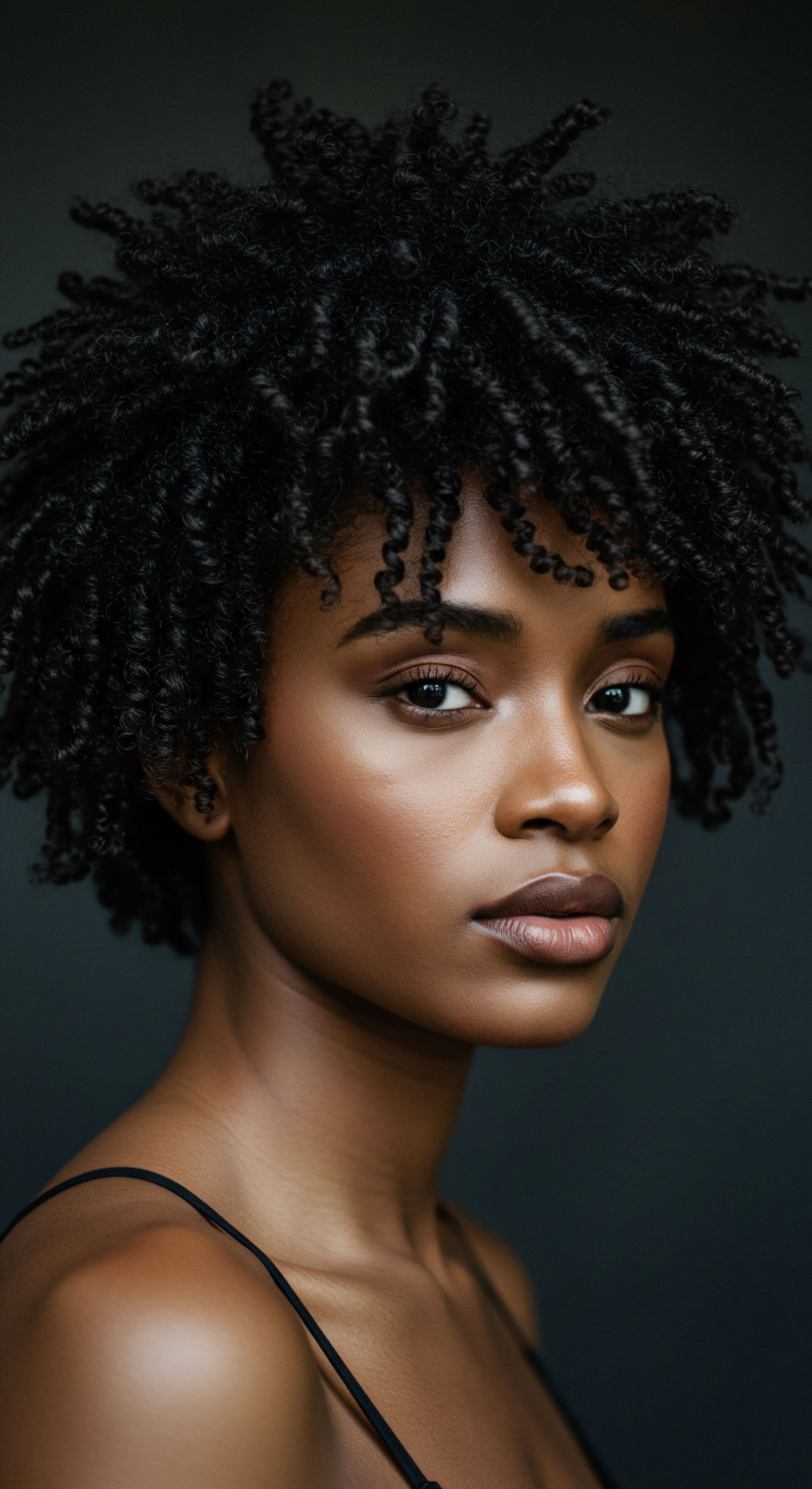
Reflection
The journey through the historical context of head coverings reveals a landscape far richer and more nuanced than simple observation might suggest. From the primal need for protection to the profound expressions of faith and identity, each fold of fabric, each deliberate drape, carries a story. These coverings are not static artifacts of the past; they are living traditions, adapting, asserting, and sometimes challenging the very societies that observe them.
Their quiet presence on heads around the globe continues to speak volumes about human ingenuity, spiritual devotion, social structures, and the enduring quest for self-definition. They invite us to look closer, to listen more intently, and to appreciate the profound depths of meaning held within something seemingly as simple as a piece of cloth.

References
- Khumalo, N. P. Jessop, S. Gumedze, F. & Ehrlich, R. Determinants of marginal traction alopecia in African girls and women. Journal of the American Academy of Dermatology, 2008; 59(3) ❉ 432-438.
- Dinh, T. T. & Cohen, J. A. Religious headwear and alopecia ❉ considerations for dermatologists. Clinical, Cosmetic and Investigational Dermatology, 2023; 16 ❉ 1899-1906.
- McGill Johnson, W. Sims, J. L. & Johnson-Arnold, J. The Good Hair Study ❉ Uncovering the Roots of Bias Against Black Women’s Hair. Perception Institute, 2017.
- Rowe, K. L. Black Hair and Hair Texture ❉ Cultivating Diversity and Inclusion for Black Women in Higher Education. Emerald Publishing Limited, 2023.
- Byrd, A. D. & Tharps, L. L. Hair Story ❉ Untangling the Roots of Black Hair in America. St. Martin’s Press, 2014.
- Candelario, M. P. Black Beauty ❉ A History and a Celebration. Palgrave Macmillan, 2007.
- Ehrlich, R. & Khumalo, N. P. Traction alopecia ❉ the root of the problem. Clinical, Cosmetic and Investigational Dermatology, 2018; 11 ❉ 175-182.
- Carrington, A. The Headtie as a Sign of Identity. Palgrave Macmillan, 2017.